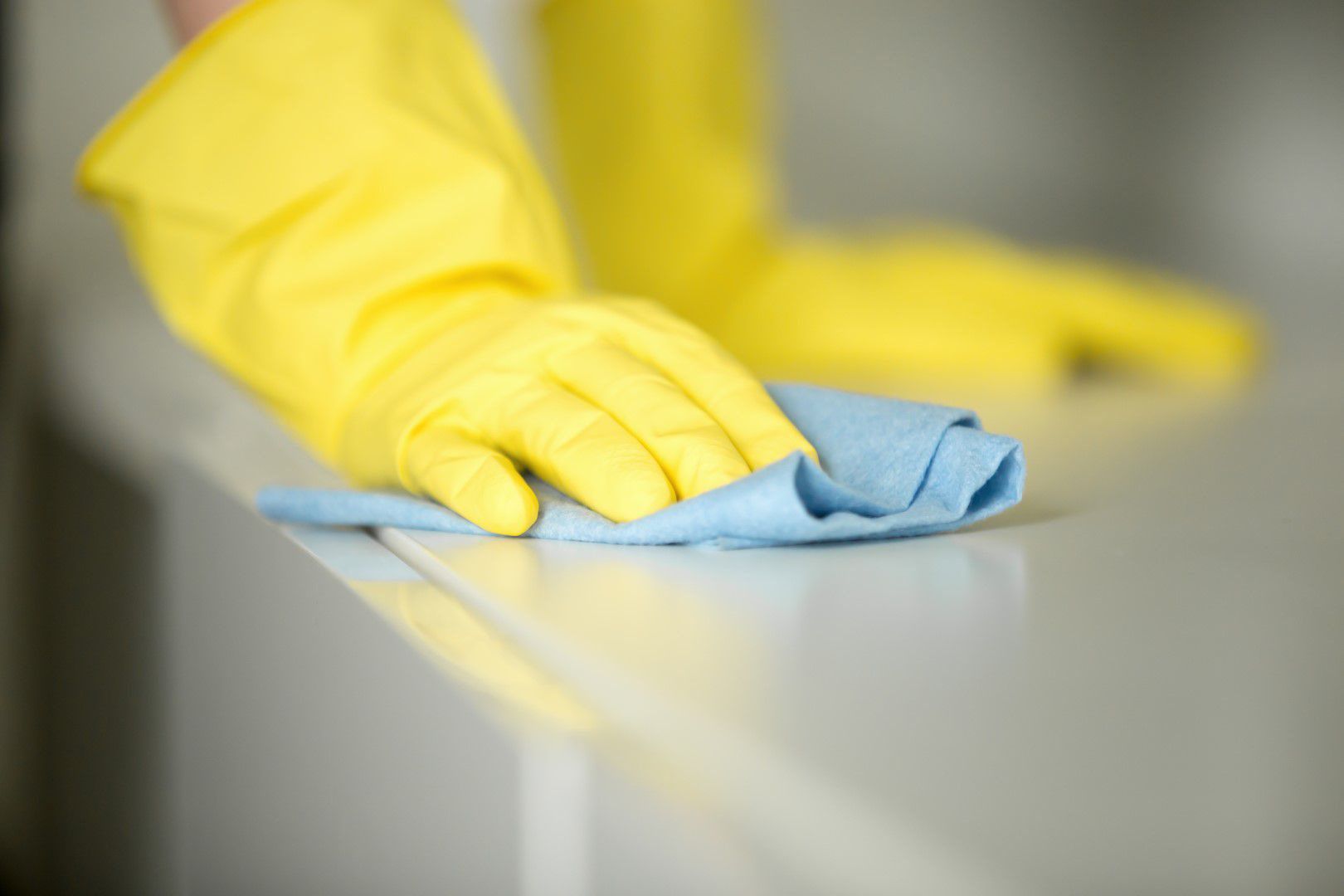Bio Hazard Clean Up
Bio Hazard Clean Up
Any building that has suffered from water damage or problems with excess moisture is at risk of mould growth. There are thousands of different types of mould found outdoors and indoors. All present potential risks and become problematic when they start actively growing. If you find that your home or business has begun to show signs of mould damage, it’s important to act as quickly as possible to have it treated and remediated to reduce long-term risks to your property and improve air quality.
True Facts of Mould
Without the correct assessment and remediation, mould can become dangerous and affect the structural integrity and air quality of your property. As mould specialists, we’ve put together some useful guides on mould damage to help you understand and identify the risks before acting to remove mould.
Mould is a non-scientific term for many types of fungi -unwanted, unappealing patches of black, brown, yellow, pink, green, smelly, fuzzy growths. Countless species of mould are found both indoors and outdoors.
"Mould" and "fungus" have many connotations, most of them unpleasant: musty odors, damp basements, moldy carpets, water leaks, soggy drywall, athlete's foot, and poisonous mushrooms, among others.
Although mould and its spores are literally everywhere, active mould growth requires moisture. Whether on visible surfaces or hiding behind drywall, in attics, or under carpets, indoor mould grows in the presence of excessive dampness or water.
Also found in damp indoor environments are:
Bacteria
Dust Mites
Break-down Products Of Bacteria And Moulds, Such As Proteins, Cell-wall Particles (Glucans) And Volatile Organic Compounds (The Actual Cause Of The Musty Odor Associated With Mould);
Airborne Chemicals, Gasses, And Particulate Matter Caused By Destruction Of Materials By Growing Moulds.
Indoor Mould May Be Unsightly And Smelly, But The Potential Problems Are More Serious Than That. By Definition, Actively-growing Mould Damages The Material It Lives On, Thereby Impairing Structural Integrity. In Addition, Mould Is Associated With Some Untoward Health Effects In Humans, Including Allergies And Infections. (Some Health Effects Attributed To Mould May In Fact Be Caused By Bacteria, Dust Mites, Etc., Found In Mould-colonized Environments. So-called "Toxic Mould" Has Been Claimed As The Cause Of "Toxic Mould Disease"; This Syndrome Remains Undefined And "Toxic Mould" As A Cause Remains Unproven. "Toxic Mould" Is Also Unproven As A Cause Of The Various Symptoms Associated With "Sick Building Syndrome".)
Mould growth in homes, schools, and businesses should be eliminated for the sake of human health, structural integrity, and quality of life. Cleaning up small amounts of mould can be done by homeowners. Eliminating mould from large areas requires expertise and protection both for the removal specialists and occupants of the affected space.
Qustions Answers about Mould
Is mould dangerous?
Yes. Exposure to mould can cause health effects in some people. Mould spores are always found in the air we breathe, but extensive mould contamination may cause health problems. Breathing mould can cause allergic and respiratory symptoms.
How do moulds affect people?
Exposure to damp and moldy environments may cause a variety of health effects, or none at all. Some people are sensitive to moulds. For these people, exposure to moulds can lead to symptoms such as stuffy nose, wheezing, and red or itchy eyes, or skin. Some people, such as those with allergies to moulds or withasthma, may have more intense reactions. Severe reactions may occur Is mould dangerous?How do moulds affect people? among workers exposed to large amounts of moulds in occupational settings, such as farmers working around moldy hay. Severe reactions may include fever and shortness of breath.
What does mould smell like?
Mould usually makes itself known through smell before it visually appears within your property. There are many words that could be used to describe the smell of mould --usually it’s a wet, musty and stale odor. If you begin to notice this smell in your homeor business, you should immediately look for the signs of mould. This odor also often leads to irritation of the nose and sneezing.
When do I need a mould removal specialist?
For large-scale mould removal, expert knowledge and specialized equipment are required to carry out mould remediation work. Listed below are several other situations in which a mould removal specialist is required in order to guarantee effective mould remediation, regardless of the size of the impacted area.
Specialized Item Cleaning
Different items require different methods and approaches to cleaning and decontamination. Even if you’ve thoroughly wiped it and used a product described as a "mould removal spray," there is still a chance that mould spores could remain within the fibers. Mould removal spray does not actual exist; mould must be removed professionally and any spray will justform part of a wet wipe after.
Proper Structural Drying
In order to reduce the chances of mould reappearing in your home or business, or returning after a clean-up, proper structural drying should take place. Simply cleaning away the mould without thoroughly drying the property out will mean that remaining moisture leads to reoccurrence.
Disaster Recovery
Any mould that comes as a result of flooding should be removed by a professional mould remediation expert. Flood water can be contaminated by sewage, chemicals and bacteria, and any contaminated water damage must be dealt with by an expert. Similarly, contaminated materials must be dealt with professionally as they pose serious health risks and can cause problems long after the flood.

